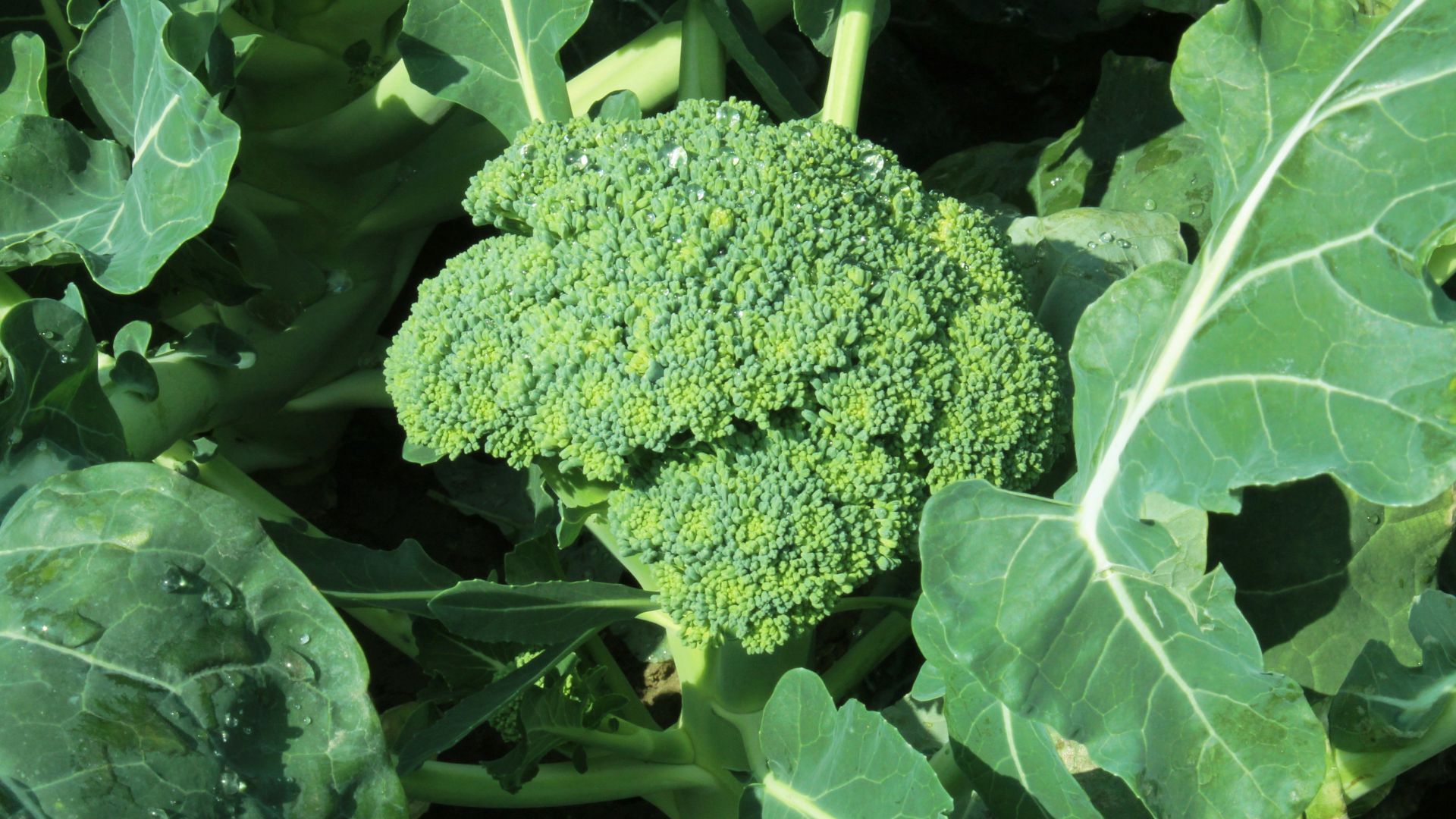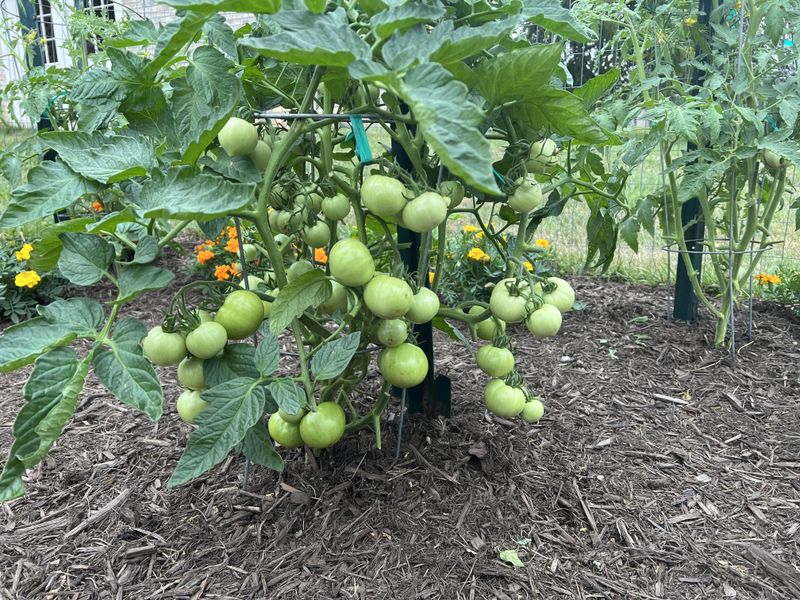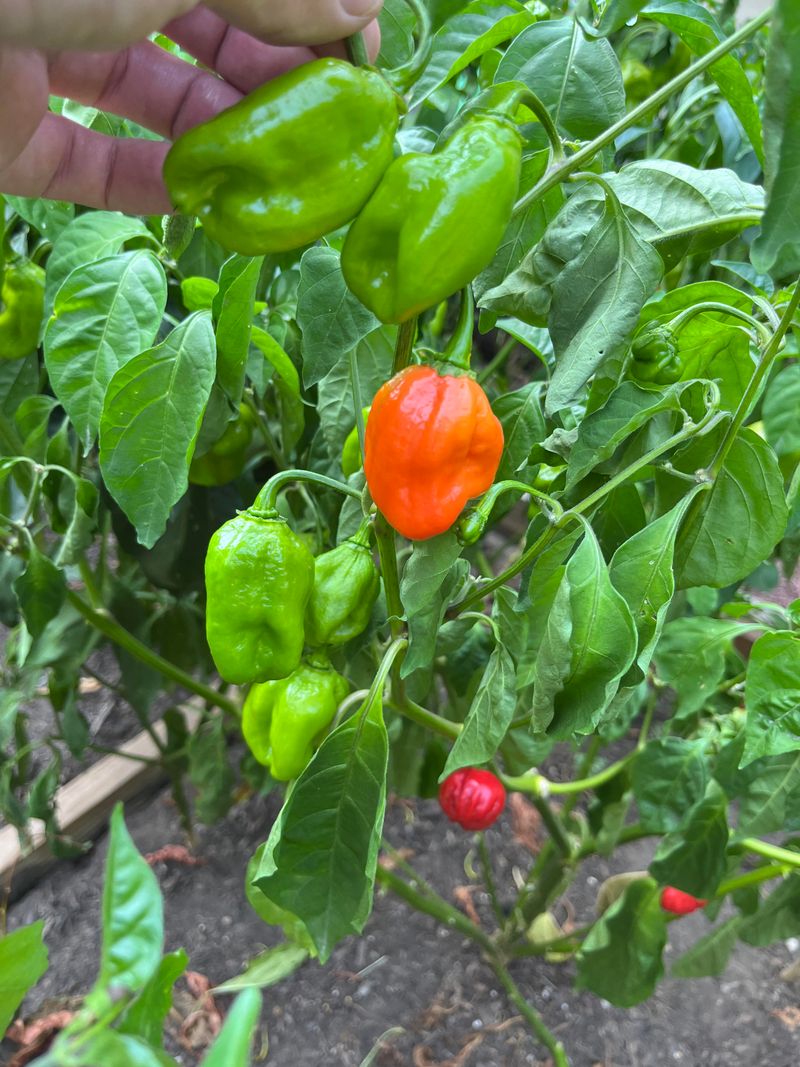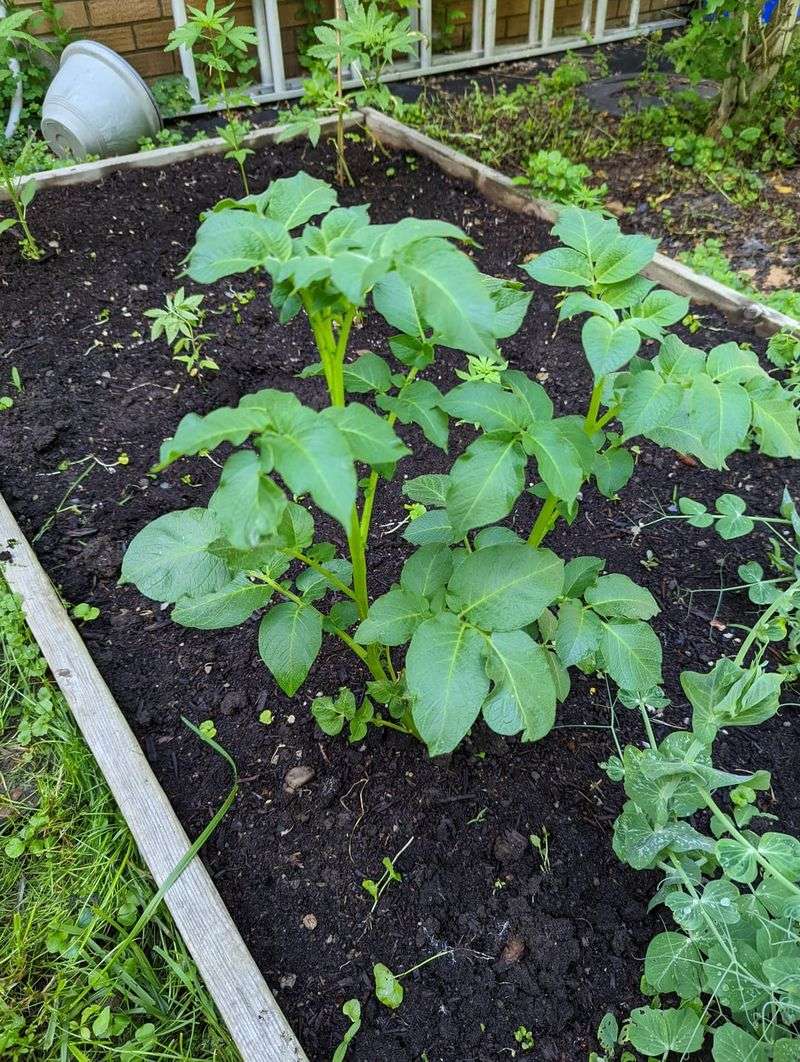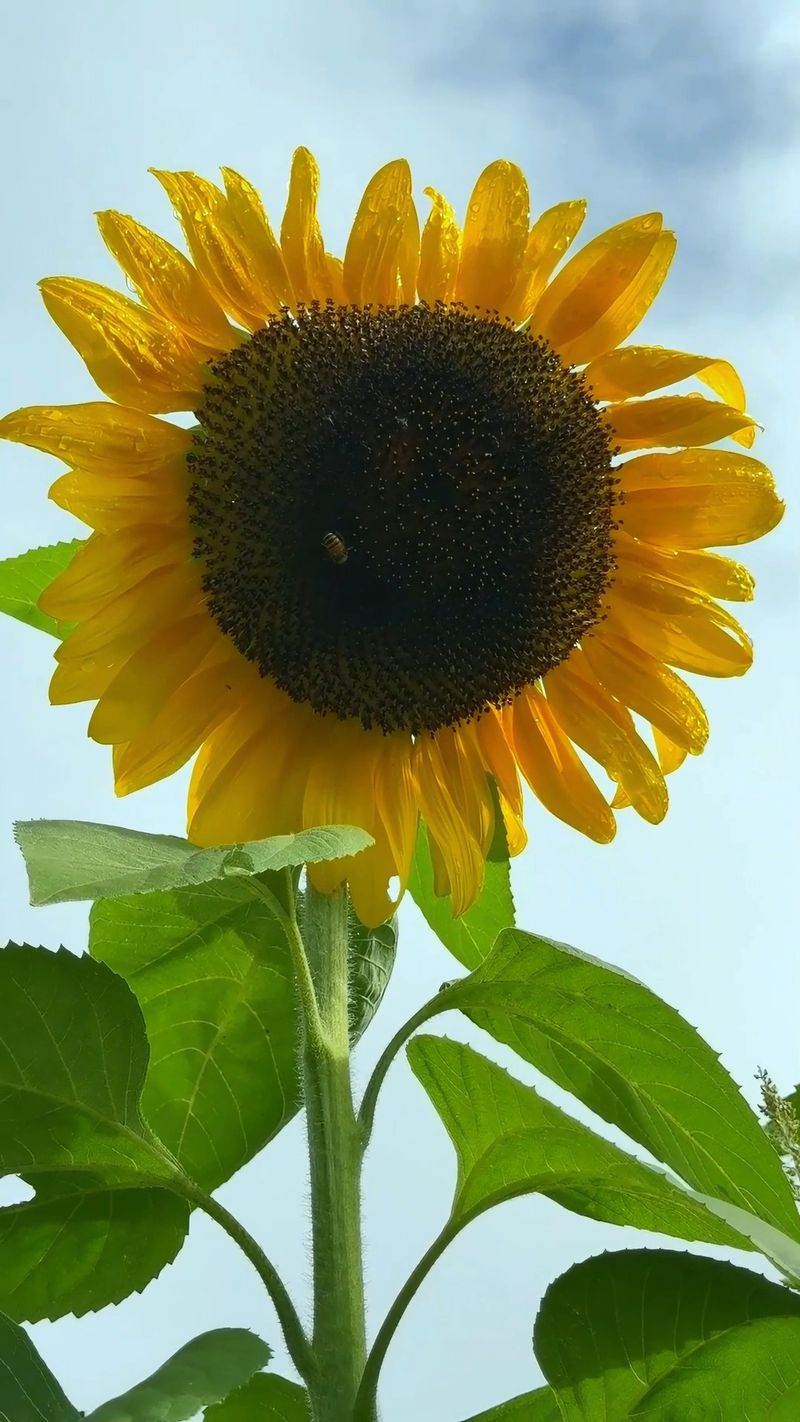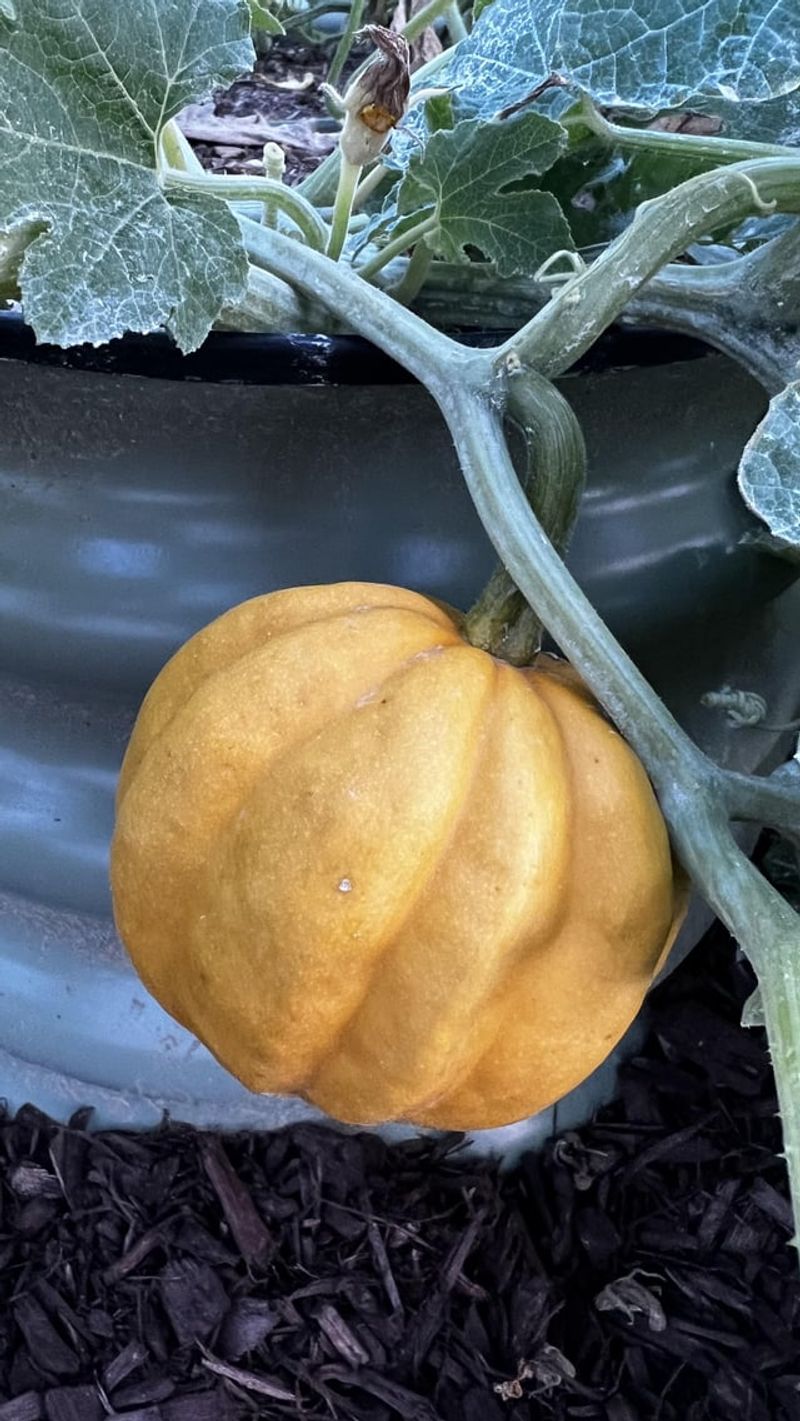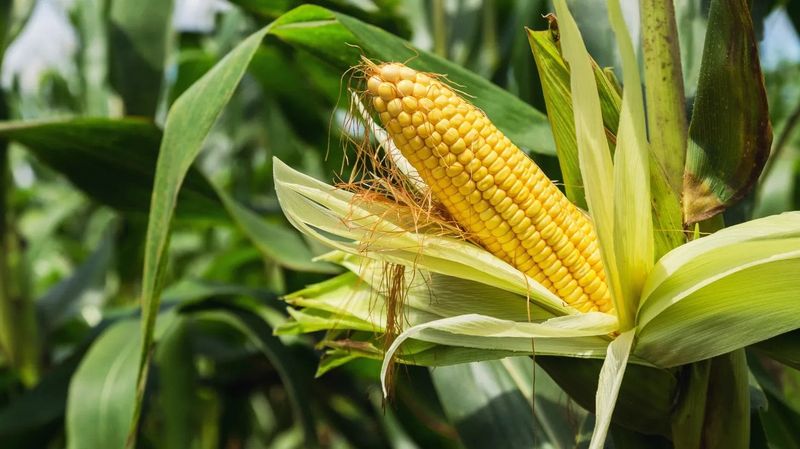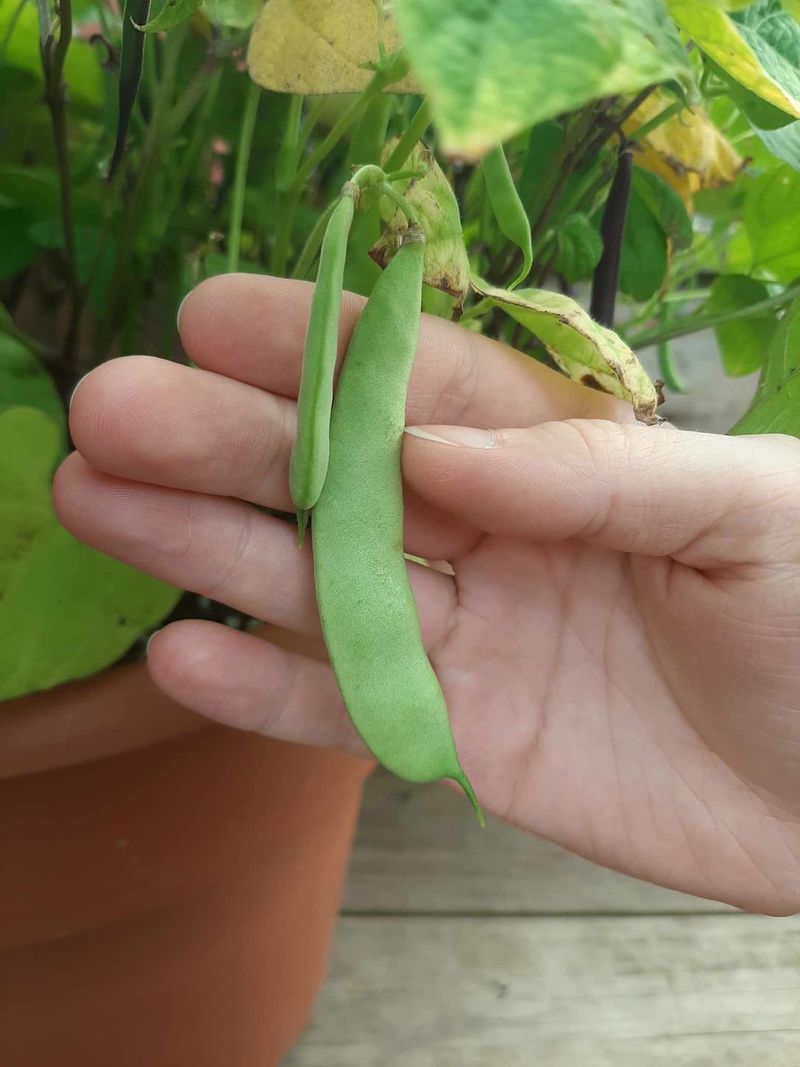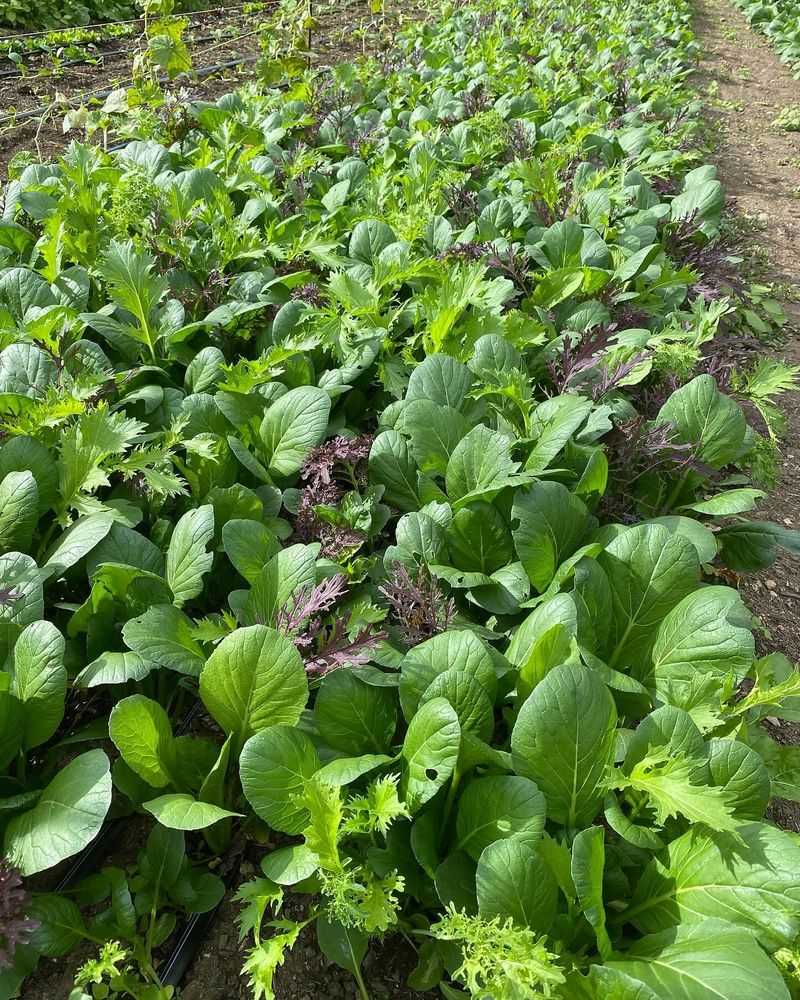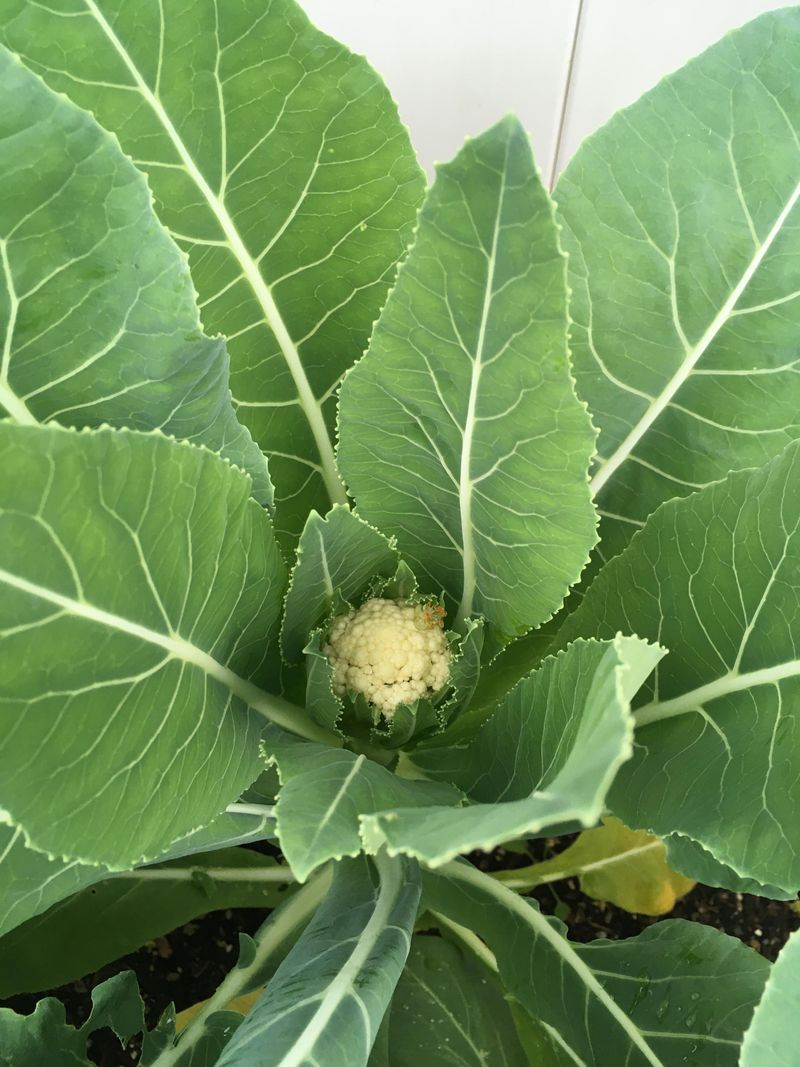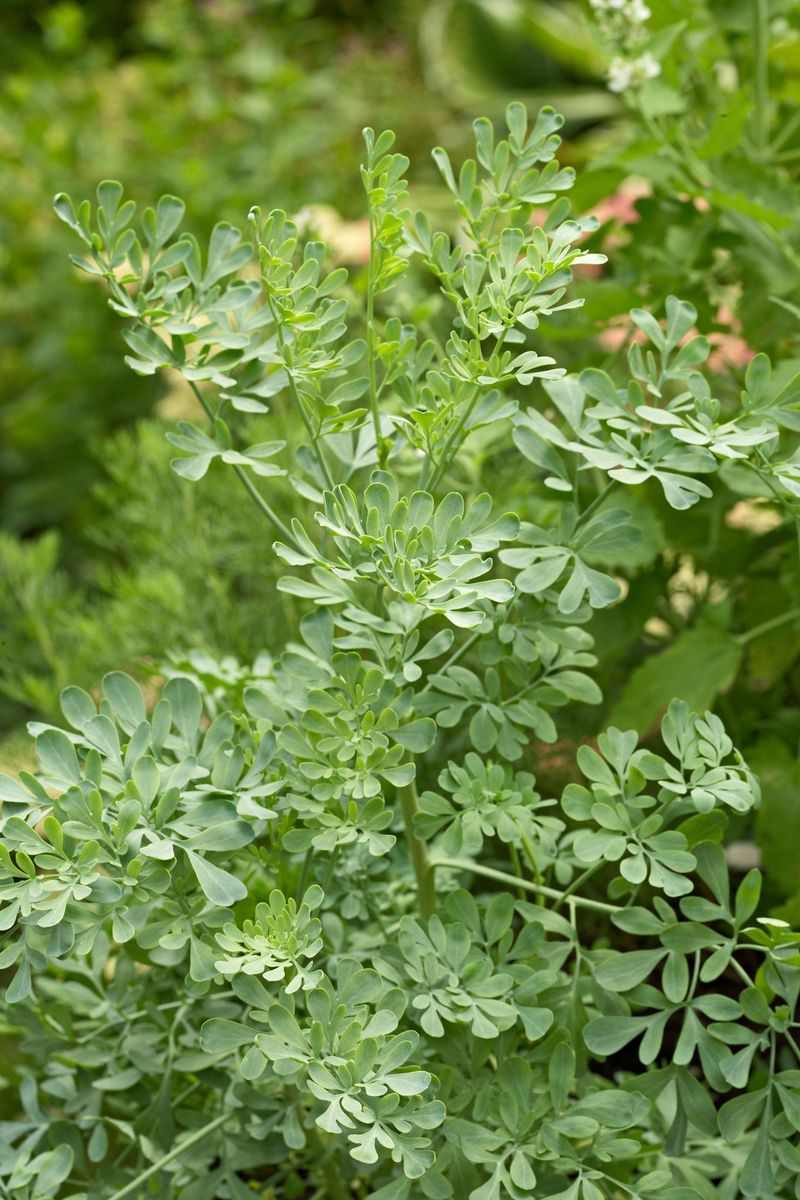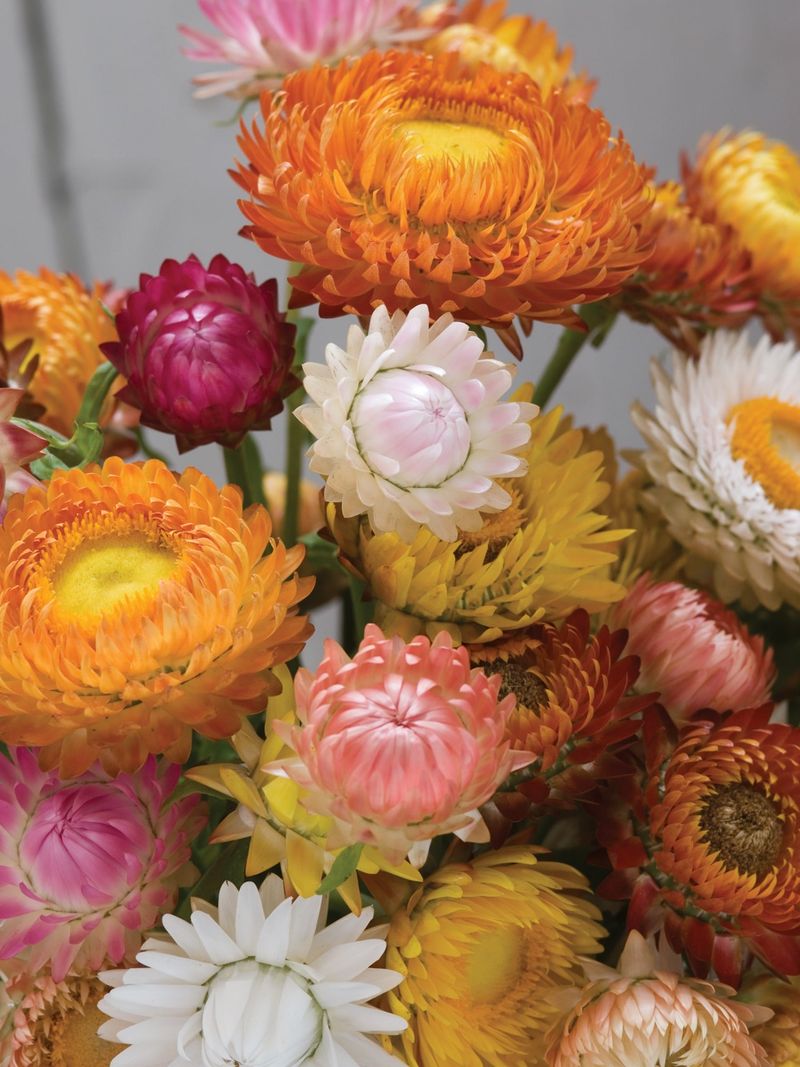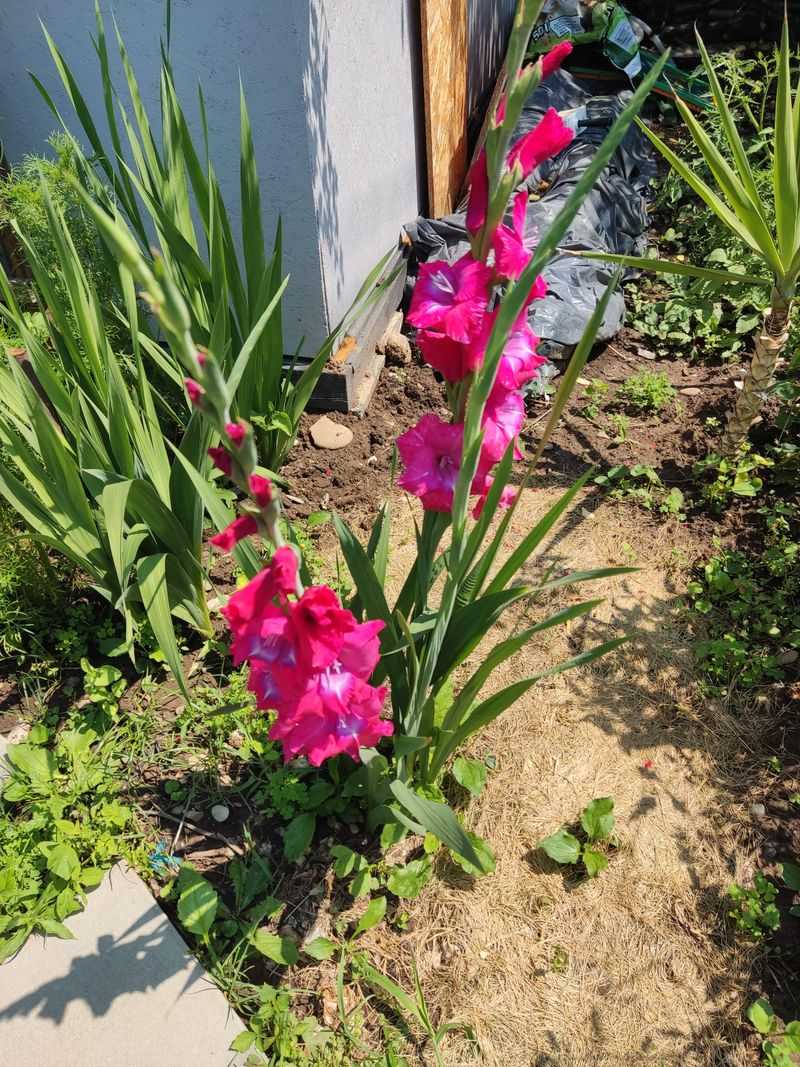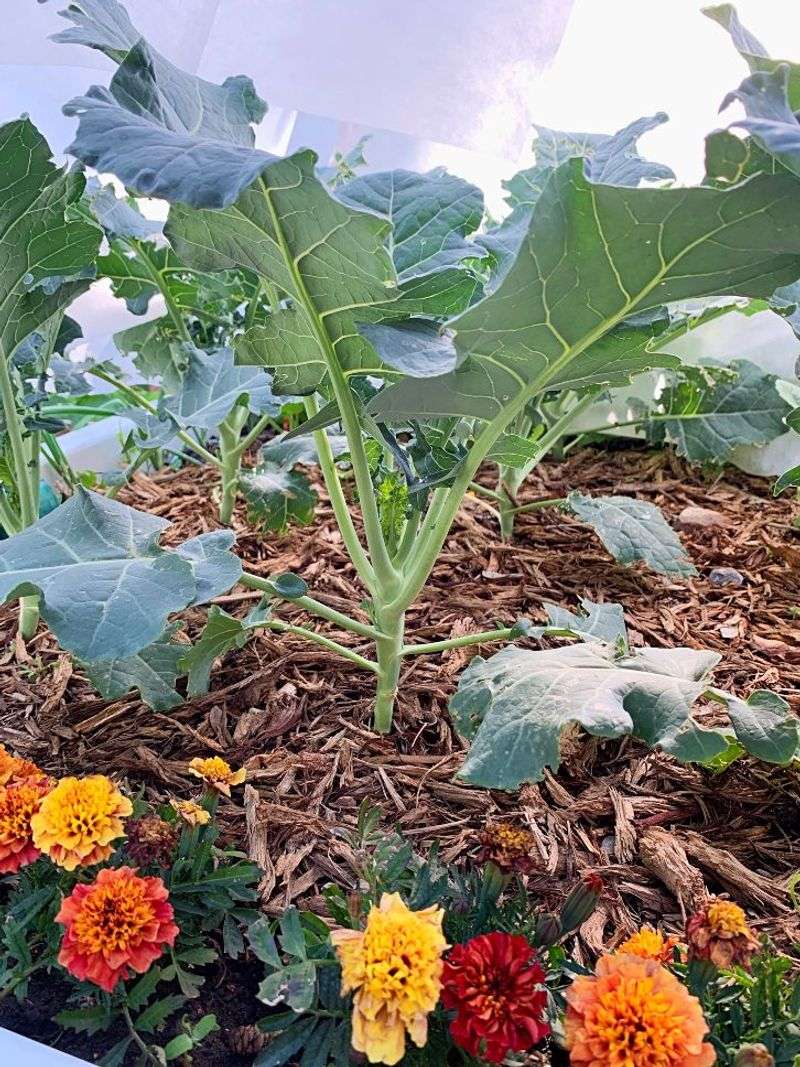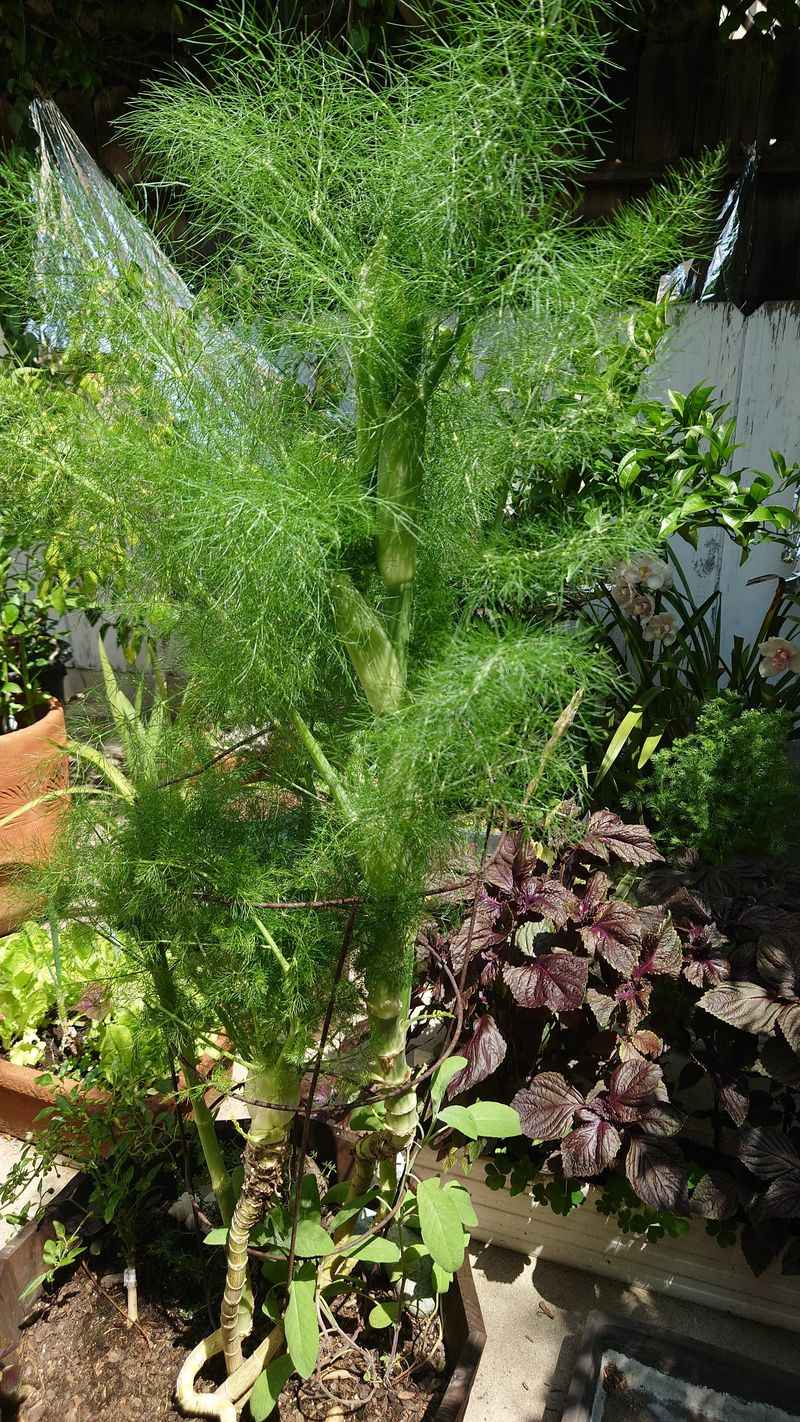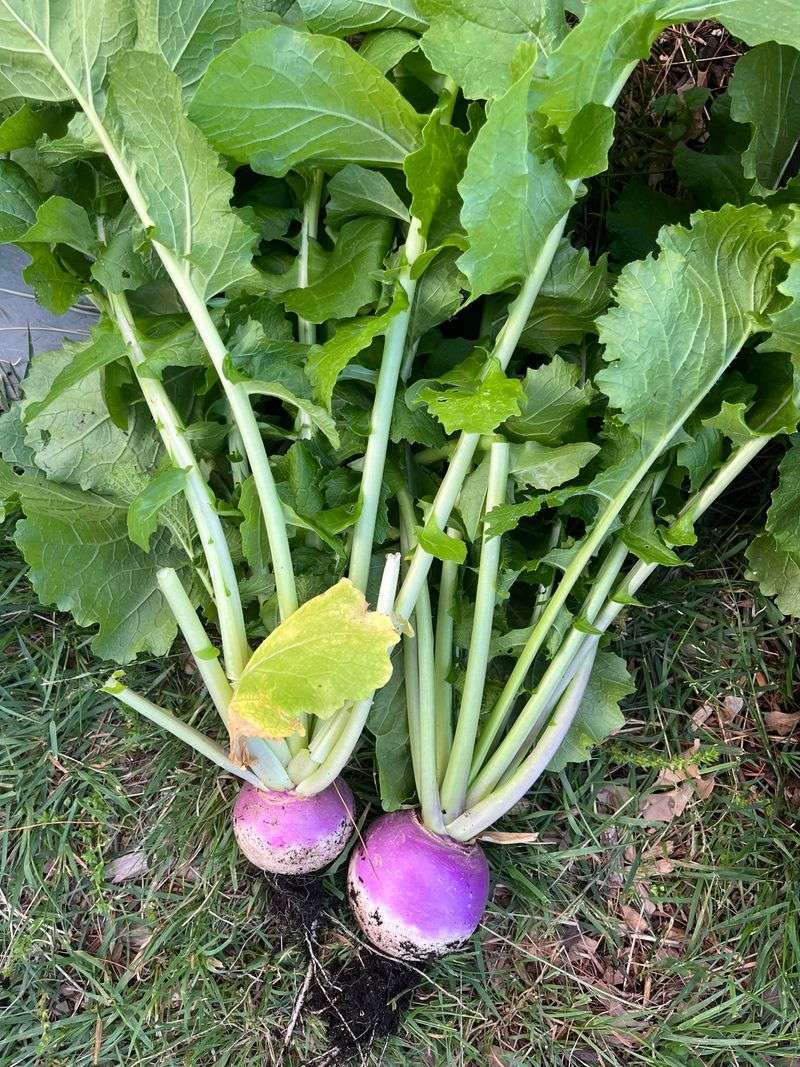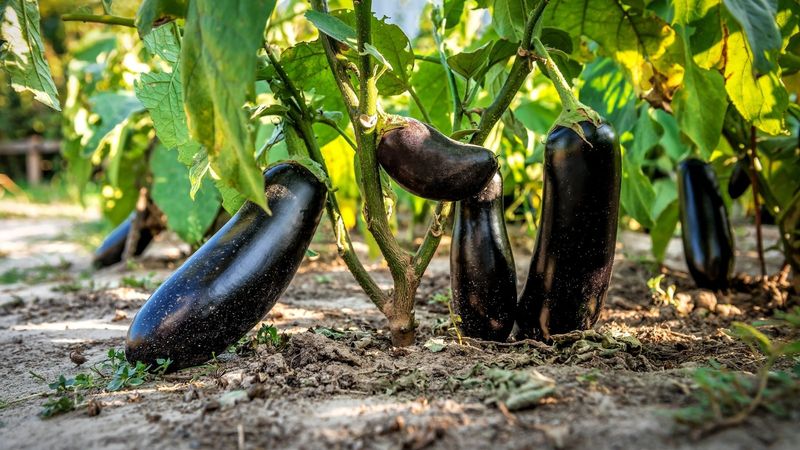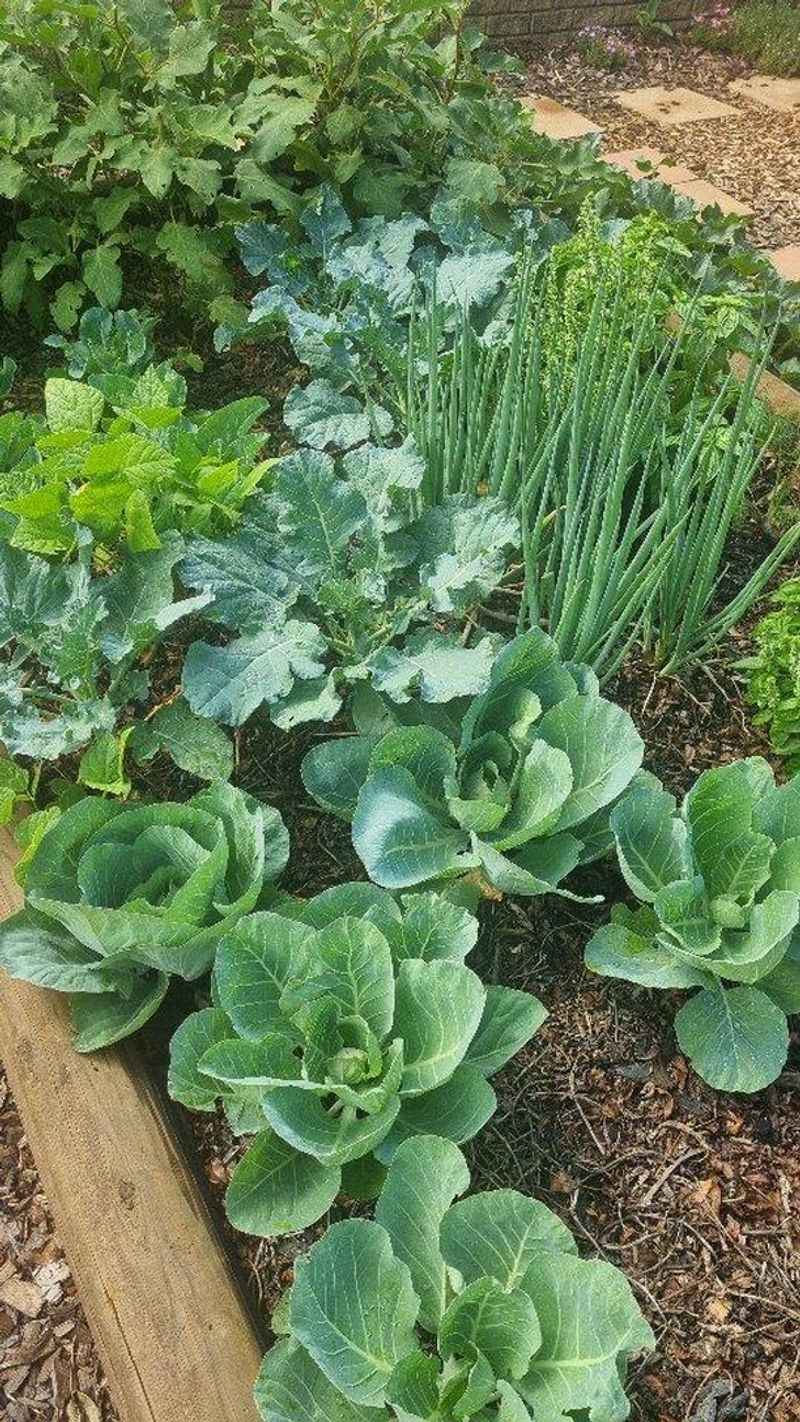Growing broccoli has been a bit of a journey for me—full of surprises, both good and bad. It turns out, not every plant wants to be broccoli’s friend, and figuring that out took a few tough seasons and a lot of guessing.
I still remember the year I planted broccoli next to strawberries, thinking it would be a cute combo. Spoiler alert: it wasn’t. Both plants looked miserable, and I quickly realized they just weren’t meant to share the same space.
After plenty of digging—both in the garden and through research—I’ve learned which plants to avoid. Here’s my go-to list of what not to plant near broccoli if you want those big, healthy heads to flourish.
1. Strawberries
The innocent-looking strawberry patch might be sabotaging your broccoli. When I planted these two together, my broccoli developed slowly and produced smaller heads than usual. Strawberries release certain compounds into the soil that inhibit broccoli growth.
Their shallow root systems also compete for the same nutrients and moisture. I’ve noticed strawberries tend to win this battle, leaving broccoli plants struggling and undernourished.
Another issue is that strawberries attract slugs and snails, which will happily munch on your broccoli leaves when they’re done with the berries. Keep these plants on opposite sides of your garden for best results.
2. Tomatoes
Garden space got tight one year, so I squeezed tomatoes next to my broccoli row. Big mistake! The heavy feeding tomato plants practically starved my broccoli of nutrients. Both belong to different plant families with completely different soil needs.
Tomatoes prefer slightly acidic soil, while broccoli thrives in neutral to slightly alkaline conditions. When planted together, neither gets what it needs. Plus, tomatoes grow tall and cast shade over broccoli, which needs full sun to develop properly.
They also share similar pest problems, particularly aphids, which can quickly spread between the plants and cause twice the damage.
3. Peppers
Last summer I tried growing peppers alongside broccoli, thinking they’d make fine neighbors. The combination was disastrous for my broccoli crop. Like their relatives tomatoes, pepper plants compete aggressively for the same nutrients that broccoli needs.
The soil requirements simply don’t align – peppers prefer warmer, more acidic soil conditions that stress broccoli plants. I noticed my broccoli developed yellowish leaves and seemed stunted compared to plants in other parts of the garden.
Another problem is timing – peppers are warm-season crops while broccoli prefers cooler weather. When one is thriving, the other is struggling, creating an awkward garden partnership.
4. Potatoes
My attempt at growing potatoes near broccoli taught me a valuable lesson in plant incompatibility. The heavy feeding nature of potatoes depleted the soil of nutrients my broccoli desperately needed. Underground, their root systems competed fiercely for resources.
Potatoes are also known for harboring soil-borne diseases that can affect brassicas like broccoli. After that season, I noticed an increase in clubroot disease in my broccoli patch, which I traced back to the neighboring potatoes.
Additionally, potato plants attract different pests that happily expanded their menu to include my broccoli. Now I make sure to keep at least four feet between these crops.
5. Sunflowers
Those cheerful sunflowers seemed like a good idea until they towered over my broccoli bed. The shade they cast prevented my broccoli from getting the full sun it needed to develop properly. My harvest that year was disappointing, with small, loose heads instead of tight, compact ones.
Sunflowers also release allelopathic compounds from their roots that inhibit the growth of nearby plants. These natural chemicals act like herbicides to reduce competition, but unfortunately, broccoli is particularly sensitive to them.
The massive root system of sunflowers also competes for water and nutrients, leaving little for the broccoli plants. I now keep sunflowers on the north side of my garden where they won’t shade other crops.
6. Squash
The sprawling habit of squash plants makes them terrible neighbors for broccoli. I learned this when my zucchini plants literally smothered a row of broccoli seedlings, creeping over them until they were completely covered. The shade from squash leaves prevented my broccoli from developing properly.
Squash plants are also heavy feeders, depleting the soil of nutrients that broccoli needs. Their large leaves create humid microclimates that can increase fungal diseases in broccoli.
Both plants attract similar pests, particularly cabbage worms and aphids, which can quickly move between plants and cause widespread damage. Keeping them separated helps prevent pest problems from escalating.
7. Corn
Tall stalks of corn create dense shade that broccoli simply can’t tolerate. When I planted corn near my broccoli bed, the broccoli became leggy and weak as it stretched toward the limited available sunlight. The yield was terrible that season.
Corn is also what gardeners call a heavy feeder, requiring large amounts of nitrogen from the soil. This nutrient competition left my broccoli plants yellowing and undernourished. The extensive root system of corn also draws moisture away from neighboring plants.
Another issue is that corn attracts raccoons, which trampled through my broccoli patch to reach the corn. Now I plant corn in a separate area of the garden where it won’t shade or compete with my brassicas.
8. Beans And Peas
Many gardeners assume legumes make good companions for everything, but I’ve found they clash with broccoli. While beans and peas do fix nitrogen in the soil, they don’t release much of it until they die back. Meanwhile, they compete with broccoli for other nutrients and water.
The climbing varieties can be especially problematic, as they may use broccoli as support, weighing down the plants and causing stem damage. I made this mistake one year and watched my broccoli stems bend under the weight.
Both crops are also susceptible to similar fungal issues in humid conditions. When disease struck my beans, it quickly spread to the nearby broccoli plants. Now I keep them in separate garden beds.
9. Mustard Greens
Growing mustard greens near broccoli seemed logical since they’re both brassicas, but this actually creates problems. Being from the same family, they attract identical pests and diseases, essentially creating a buffet for cabbage worms, aphids, and flea beetles.
I watched in horror one summer as cabbage loopers systematically destroyed an entire bed of broccoli and mustard greens. Had I separated them, I might have saved one crop or the other.
They also compete for the same soil nutrients, leading to less vigorous growth for both plants. I’ve found it’s better to rotate brassica crops through different areas of the garden rather than planting them together.
10. Cauliflower
After my garden expansion, I decided to plant cauliflower next to broccoli, thinking these brassica cousins would grow well together. Instead, they competed fiercely for the same nutrients and suffered from identical pest problems. When cabbage worms found one plant, they quickly spread to all.
Both crops are heavy feeders with similar nutrient requirements, which meant neither got enough of what they needed. The plants remained smaller than when grown separately, and the heads were disappointingly small.
They’re also susceptible to the same diseases, particularly clubroot and black rot. One infected plant quickly spread disease throughout my entire brassica bed, teaching me to space out family members.
11. Rue
The herb rue looks innocent enough, but it’s one of the worst neighbors for broccoli. I planted some near my broccoli bed without researching, and within weeks my broccoli showed signs of stress with yellowing leaves and stunted growth.
Rue releases chemical compounds into the soil that inhibit the growth of many plants, especially brassicas like broccoli. This allelopathic effect can persist even after removing the rue plants. The damage was so severe that my broccoli never recovered that season.
Additionally, rue can cause skin irritation when brushed against while tending to your broccoli plants. I learned this the hard way when I developed a rash after weeding near the rue on a sunny day.
12. Strawflowers
The cheerful strawflowers in my garden attracted all sorts of pollinators, which seemed like a good thing until I noticed my broccoli suffering. These flowers are incredibly attractive to pests that also damage broccoli, particularly aphids and thrips.
The insects would build up populations on the strawflowers, then move over to feast on my broccoli plants. My once-healthy broccoli became infested with aphids that were nearly impossible to control due to the constant source nearby.
While not directly competitive, the pest magnet effect of strawflowers makes them poor companions for broccoli. I now keep them in a separate ornamental bed away from my vegetable garden to avoid creating pest highways.
13. Gladiolus
The year I planted gladiolus bulbs near my broccoli taught me about unexpected garden conflicts. These striking flowers attract thrips in large numbers, which then happily moved over to my broccoli plants, causing stippled, discolored leaves and stunted growth.
Gladiolus also requires different soil conditions than broccoli, preferring more acidic soil while broccoli thrives in neutral to slightly alkaline conditions. Trying to accommodate both led to compromised growth for my broccoli crop.
Their tall growth habit also competed for sunlight, casting afternoon shadows over my broccoli bed. I now keep gladiolus in flower beds separate from my vegetable garden to avoid these issues.
14. Marigolds
Contrary to popular belief, not all marigolds help vegetable plants. French marigolds in particular can hurt broccoli growth. I planted a border of marigolds thinking I was protecting my broccoli from pests, only to watch the broccoli struggle.
The strong scent that deters some insects also repels beneficial pollinators and predatory insects that would otherwise help control pests on broccoli. Without these helpers, my broccoli suffered more aphid damage than usual.
Some marigold varieties also release compounds that can inhibit the growth of certain vegetables, including brassicas like broccoli. If you want to use marigolds as pest control, plant them near tomatoes instead, and keep them away from your broccoli beds.
15. Fennel
Few plants are as universally incompatible in the garden as fennel. When I experimented with fennel near my broccoli, the results were disastrous. Fennel releases allelopathic compounds that inhibit the growth of nearby plants, and broccoli is particularly sensitive to these chemicals.
My broccoli plants remained stunted, developed poorly, and produced tiny, loose heads instead of the tight, compact ones I expected. The licorice-scented herb also attracts beneficial insects away from broccoli, leaving it more vulnerable to pest damage.
Fennel’s deep taproot competes aggressively for water and nutrients as well. I now grow fennel in a completely separate area, treating it almost like an ornamental rather than integrating it with vegetables.
16. Turnips
Growing turnips alongside broccoli created unexpected problems in my garden. Both being brassicas, they compete for the exact same nutrients and are susceptible to identical diseases and pests. When club root infected one turnip plant, it quickly spread throughout my entire broccoli crop.
The underground competition for space and resources was fierce, resulting in smaller root development for turnips and stunted growth for broccoli. Neither crop performed as well as when grown separately.
I also noticed a significant increase in flea beetle damage when these crops were planted together. These pests seemed to multiply more rapidly with an abundance of their favorite food plants in one place. Crop rotation and separation are key with these relatives.
17. Eggplant
My attempt to maximize space by planting eggplant next to broccoli backfired spectacularly. Like its nightshade relatives tomatoes and peppers, eggplant has soil needs that conflict with broccoli. While broccoli prefers cooler, more alkaline conditions, eggplant thrives in warm, slightly acidic soil.
The eggplants seemed to stunt my broccoli’s growth, possibly due to soil chemistry conflicts. I also noticed increased pest pressure, as flea beetles jumped happily between the eggplants and broccoli, causing damage to both crops.
Their different temperature preferences meant I was always compromising on watering schedules. The broccoli needed more frequent watering in hot weather, while this encouraged fungal issues in the eggplants. They’re simply incompatible companions.
18. Cabbage
Planting cabbage next to broccoli seemed logical since they’re relatives, but this created a pest paradise in my garden. Both plants attract the same insects, especially cabbage moths, whose caterpillars devastated both crops. What might have been a manageable infestation on one plant type became overwhelming with both present.
They also compete directly for the same nutrients, resulting in smaller heads for both vegetables. I noticed neither performed as well as when I grew them in separate rotations.
Disease pressure intensified too. When black rot appeared on one cabbage plant, it quickly spread throughout all my brassicas. Now I separate cabbage and broccoli by at least one growing season in the same location.

